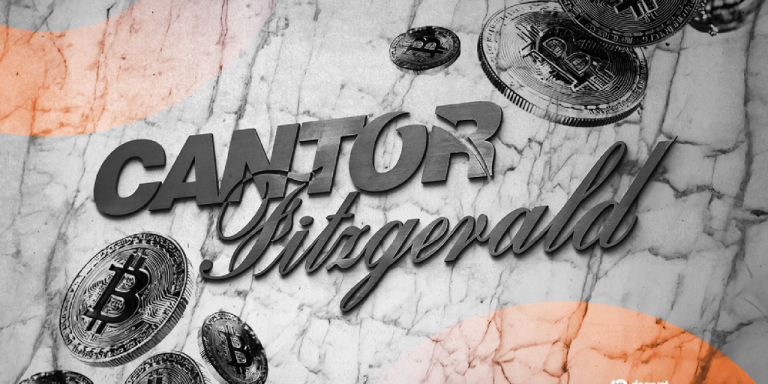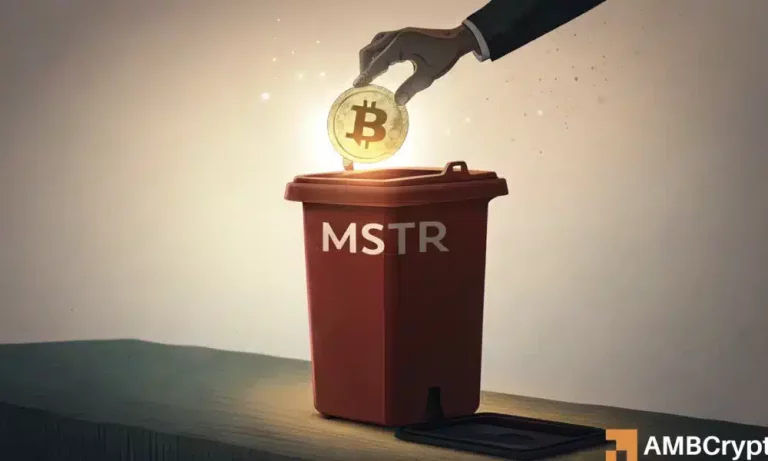
Traveling Through Time: How Europe’s Historical Heritage Shapes Modern Lifestyles in 2025
Traveling Through Time: How Europe’s Historical Heritage Shapes Modern Lifestyles in 2025. Europe, a continent steeped in history and heritage, has long been a hub of cultural, artistic, and technological advancements. As we journey through the vast expanse of Europe’s historical landscape, it becomes evident that the past continues to shape the present in profound ways. In this article, we will delve into the enduring impact of Europe’s historical heritage on modern lifestyles, exploring the intricate relationships between architecture, art, culture, and technology.
Architecture: A Testament to Timeless Ingenuity
Europe’s architectural landscape is a treasure trove of historical significance, with structures dating back to ancient civilizations. From the Colosseum in Rome to the Eiffel Tower in Paris, these iconic landmarks have not only withstood the test of time but continue to inspire modern architectural innovations. The incorporation of historical elements into contemporary design has given rise to a unique blend of traditional and modern aesthetics, as seen in the works of renowned architects such as Frank Gehry and Norman Foster.
Artistic Expressions: A Reflection of Europe’s Cultural Diversity
Europe’s rich cultural diversity has given birth to a plethora of artistic movements, from the Renaissance to Impressionism, and from Cubism to Surrealism. The works of European masters such as Leonardo da Vinci, Vincent van Gogh, and Pablo Picasso continue to influence modern art, with their innovative techniques and bold expressions. The continent’s vibrant art scene is a testament to the enduring power of creative expression, with numerous museums, galleries, and festivals celebrating the artistic heritage of Europe.
Culture: A Dynamic Interplay of Tradition and Innovation
Culture is an integral component of Europe’s historical heritage, with a diverse array of traditions, customs, and values that have evolved over time. From the flamenco dances of Spain to the folk music of Ireland, and from the culinary delights of Italy to the literary works of Britain, European culture is a dynamic tapestry of influences. The modern lifestyle in Europe is characterized by a unique blend of tradition and innovation, as people embrace their cultural roots while embracing the latest technological advancements and social trends.
Technology: A Bridge Between Past and Present
Europe has long been at the forefront of technological innovation, with groundbreaking discoveries and inventions that have transformed the world. From the printing press to the internet, European ingenuity has facilitated the dissemination of knowledge, ideas, and cultures across the globe. In 2025, technology continues to play a vital role in shaping modern lifestyles, with advancements in fields such as artificial intelligence, renewable energy, and biotechnology. The intersection of technology and historical heritage has given rise to innovative applications, such as virtual reality tours of historical sites and digital preservation of cultural artifacts.
Conclusion: Timeless Legacy of Europe’s Historical Heritage
In conclusion, Europe’s historical heritage continues to exert a profound influence on modern lifestyles in 2025. The continent’s rich cultural diversity, architectural innovations, artistic expressions, and technological advancements have created a unique blend of tradition and innovation. As we travel through time, we are reminded of the enduring power of Europe’s past to shape its present, and we look forward to the exciting possibilities that the future holds.






